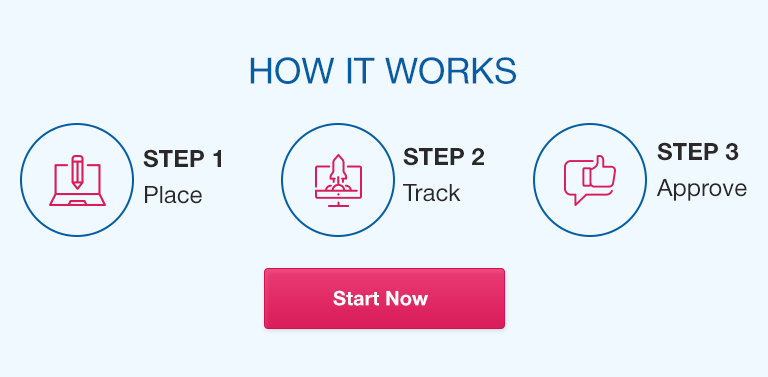Assignment Content
1.
Top of Form
Competency
· Ensure project quality and quantitative risk analysis to information technology project.
· Identify key factors for asset management implementation.
· Design an asset database to track hardware inventory; including servers, desktops, network hardware, peripherals, and spare parts.
· Create a plan to deploy new hardware and reallocate or decommission legacy hardware while mitigating risk.
· Implement a software audit and strategy for monitoring and tracking use and available software licenses, to ensure compliance with EULA’s.
· Develop a budget for service contracts for cost effectiveness, service, and support through third party vendors.
Student Success Criteria
View the grading rubric for this deliverable by selecting the “This item is graded with a rubric” link, which is located in the
Details & Information pane.
Scenario
You have recently been hired as an
IT Asset Manager for an existing company that has underwent significant changes to their Information Technology infrastructure. The CIO has expressed concern in relation to hardware/software tracking and inventory. The CIO has charged you with creating an IT Asset Management strategy plan that provides IT systems life cycle management that not only inventories hardware/software assets but also integrates budgets and contract support in order to sustain and refresh IT systems as part of the business plan.
You will produce a professional presentation of your IT Asset Management strategy to the company CEO and board of directors. Your presentation must be a minimum of 6 slides and address the following:
· Risk analysis:
Provide a quantitative and qualitative risk assessment using Strengths, Opportunities, Weaknesses and Threats (
SWOT). The risk analysis will answer the following:
· Risks associated with not having a life cycle strategy
· Risks associated with adding new hardware and software to the architecture
· Risks associated with not an asset tracking database
· Risks associated with budget and service contracts
· Manage Assets:
Summarize the business requirements then identify and rank the most critical assets. Describe how you determined which assets are most critical. Outline the system interface and processes needed to meet the needs of the end-user.
· Track Assets:
Describe the key components of your asset management tracking database. Which core assets are tracked and why? List the key elements that are used to track IT assets.
· Hardware Life Cycle Management: Examine the various methods available to develop a life cycle management plan then
create a strategy that uses charts, graphics or tables in order to convey to the leadership how you will oversee the management of all IT hardware. You must also demonstrate the process for commissioning and decommissioning of hardware systems as well as the ability to identify and reallocate legacy systems in order to maintain green practices (reuse).
· Software Auditing:
Explain how your software auditing strategy ensures compliance with End User License Agreement(s) (
EULA). Describe the way in which software licenses are integrated into the overall IT system life cycle plan.
· Service Contract Budgeting:
List then
expound on the principals used for creating a service contract budget strategy. What are some of the safeguards used to ensure cost effectiveness, reliability, service, and support levels based on asset management requirements?
Instructions
Create an
IT Asset Management Strategy Plan to be presented to the
Executive Leadership Team of the scenario company. Your primary deliverable will be an executive level presentation that represents your overall strategy. Your presentation must be clear and detailed in order to fully paint a picture of how you will maintain IT assets for this organization. Include
speaker
notes that has your “script” of what you would say in a live presentation.
You will also attach all artifacts used to develop your presentation.
Deliverable 1 (
Primary): Create a presentation using Microsoft Power Point. Ensure that the format and layout is appropriate for a business executive. Include a title page, reference page and table of contents. Refer to the instructions above for detailed instructions for each area.
Deliverable 2 (
Artifacts): Attach all artifacts there were used to develop your presentation including risk analysis, asset management, asset tracking, hardware life-cycle, software auditing, software auditing, and service contract budgeting. Artifacts may be in a format of your choosing or as needed for each area.
Resources
·
SWOT Analysis and Theory of Constraint in IT Projects
·
Enhancing Business Impact Analysis and Risk Assessment
·
IT Audit: A Critical Business Process
·
Controlling Your Assets Doesn’t Mean Suffocating Them
·
Implementation of Green IT in Organizations
·
End User Agreements What You Need To Know
·
For assistance with
presentations, please visit the
Power Point! PowerPoint? I need to do a PPT presentation and I don’t know how! Help!
·
For assistance with
speaker notes, please visit the
How do I add speaker notes to my PowerPoint presentation slides?
Bottom of Form


